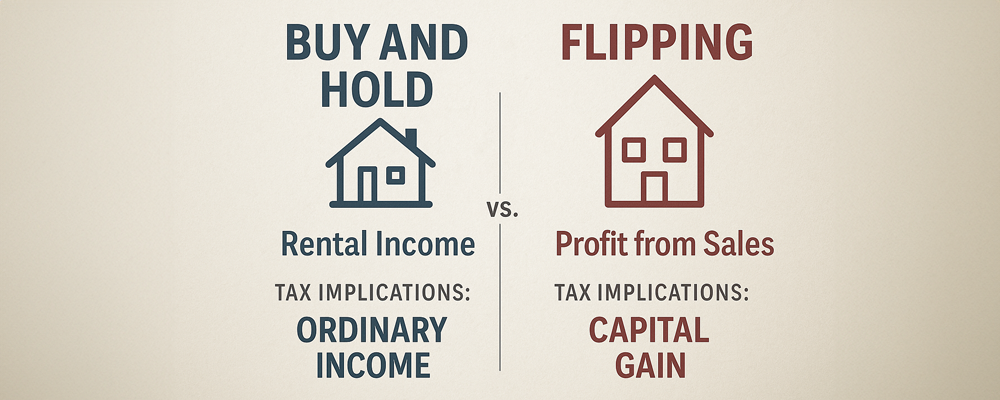The Ontario rental market is in a state of transformation as we move through 2025. Investors and property managers must understand the latest trends, challenges, and opportunities to make informed decisions. This article explores the key factors shaping Ontario’s rental property outlook, backed by current data and expert insights.
Ontario Rental Market Overview
The Ontario rental market in 2025 is marked by shifting dynamics. After years of rapid rent increases, the market is now stabilizing. The average asking rent in Ontario dropped by 4.2% year-over-year, bringing the provincial average to $2,329 in early 2025. This decline follows a period of significant supply growth, with over 50,000 new rental units added in 2024 – the largest annual increase in more than 35 years.
Despite the surge in supply, vacancy rates have only just returned to their long-term average of 2.7% . This indicates that demand remains robust, even as new units come online.
Key Trends Driving the Ontario Rental Market
1. Cooling Rent Growth and Affordability Pressures
Rent growth is expected to slow to 3-4% in 2025 , down from previous highs.
Affordability remains a challenge, as high interest rates and rising living costs keep many would-be buyers in the rental market.
Lower interest rates anticipated later in 2025 may help some renters transition to homeownership, but rental demand is likely to stay elevated in the near term.
2. Supply and Demand Imbalances
Ontario added a record number of new rental units in 2024, but the province still faces a long-term supply deficit. Since 2021, the rental supply shortfall has reached approximately 147,000 units.
Over the next decade, demand is projected to outpace supply by nearly 207,000 units if current trends continue.
Construction starts for new rental buildings are expected to decline in 2025 and 2026, with a potential rebound starting in 2027 if economic conditions improve.
3. Population and Economic Factors
Population growth is slowing due to changes in federal immigration policy, but Ontario still attracts significant numbers of new residents.
The province’s unemployment rate is projected to rise to 7.5% in 2025, as job creation lags behind population growth.
Labour shortages and higher construction costs are creating challenges for new developments and ongoing property maintenance.
Regional Highlights and Investment Hotspots
Ontario’s rental market is not uniform. Some regions are seeing sharper rent declines, while others remain resilient or are even experiencing growth.
Region 2025 Rent Trend Notable Factors Toronto -5.4% YoY decline High supply, affordability pressures Guelph +5% YoY increase Strong local demand Mississauga/Brampton +6% home price forecast Suburban growth, family demand London, Windsor, Northern Ontario Stable/high demand Secondary markets, affordability
Investors should focus on cities with strong population growth, good transit, and government incentives. Multi-unit properties, duplexes, and townhomes are expected to see the highest demand.
Investment Opportunities and Strategies
1. Multi-Unit and Accessory Dwelling Units (ADUs)
Multi-unit buildings and ADUs offer steady income and are in high demand as affordability challenges persist.
Government grants and incentives for affordable housing and ADUs can improve returns.
2. Secondary Markets and Diversification
Cities outside the GTA, such as London and Windsor, present attractive opportunities due to lower entry costs and rising demand.
Diversifying property types and locations can help mitigate risk.
3. Watch Interest Rates and Financing
Over 1.2 million Canadians will renew mortgages at higher rates in 2025, impacting both investors and tenants.
Fixed-rate mortgages offer stability in a rising rate environment.
4. Plan for Higher Costs
Labour and material costs are expected to remain elevated, so investors should budget for increased expenses.
Maintenance and renovation costs may rise due to labour shortages and supply chain issues.
Risks and Considerations
Trade tensions with the U.S. could increase construction costs and slow new supply.
If economic conditions worsen, rent growth could flatten or even decline, especially in oversupplied markets.
Population growth is projected to slow further before stabilizing by 2030, which could impact long-term rental demand.
For more detailed data and ongoing updates, investors can consult the CMHC Rental Market Report and the Ontario Ministry of Finance population projections .
Final Thoughts: Navigating Ontario’s Rental Market in 2025
The Ontario rental market in 2025 offers both challenges and opportunities. While rent growth is cooling, demand remains high, especially in affordable and growing regions. Investors who adapt their strategies – focusing on multi-unit properties, secondary markets, and leveraging incentives – can position themselves for stable returns.
Stay informed, plan for higher costs, and monitor regional trends to make the most of Ontario’s evolving rental landscape.
Ready to maximize your rental property investments in Ontario? Connect with Bridge Broker for expert advice and tailored solutions.




